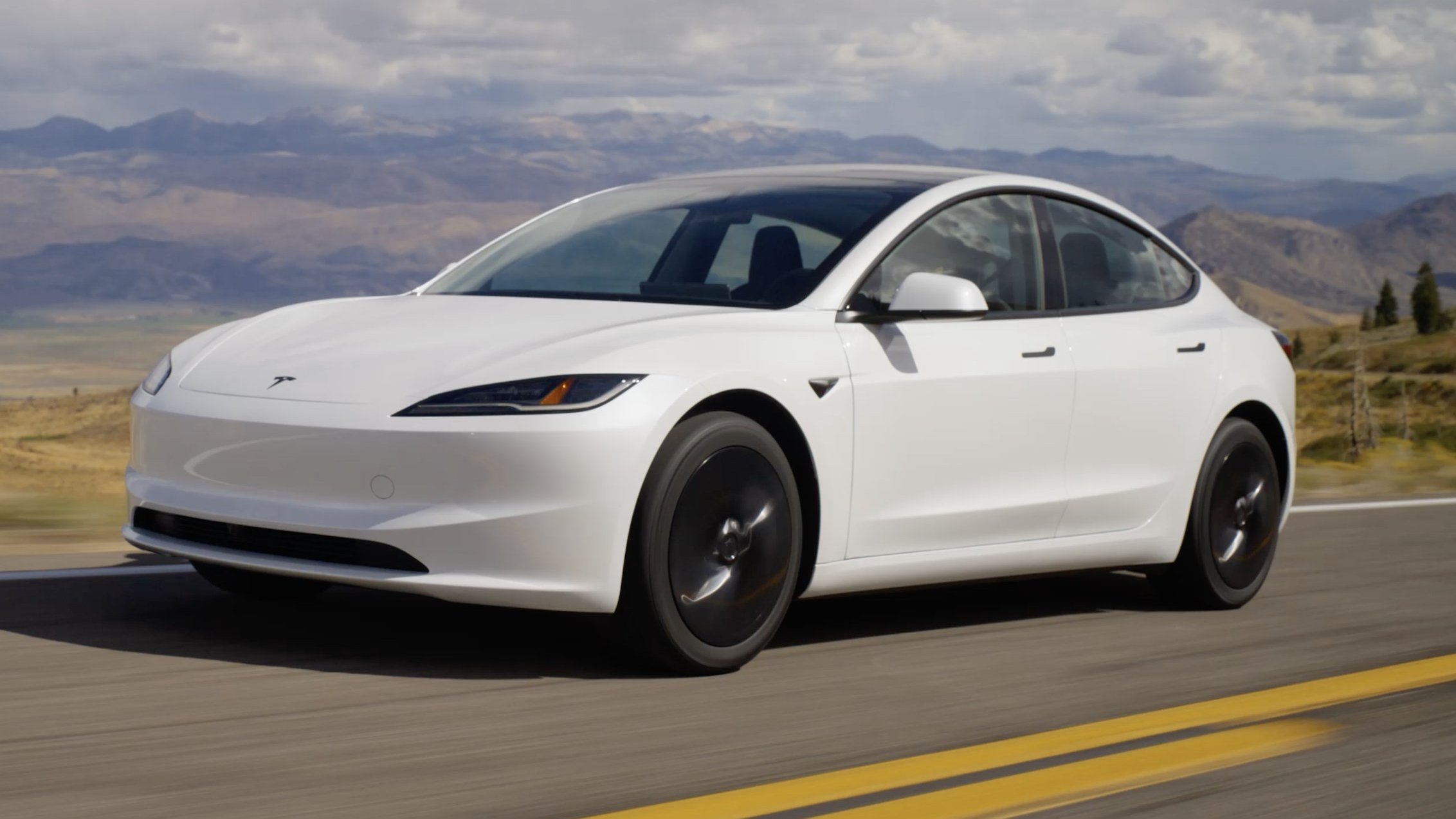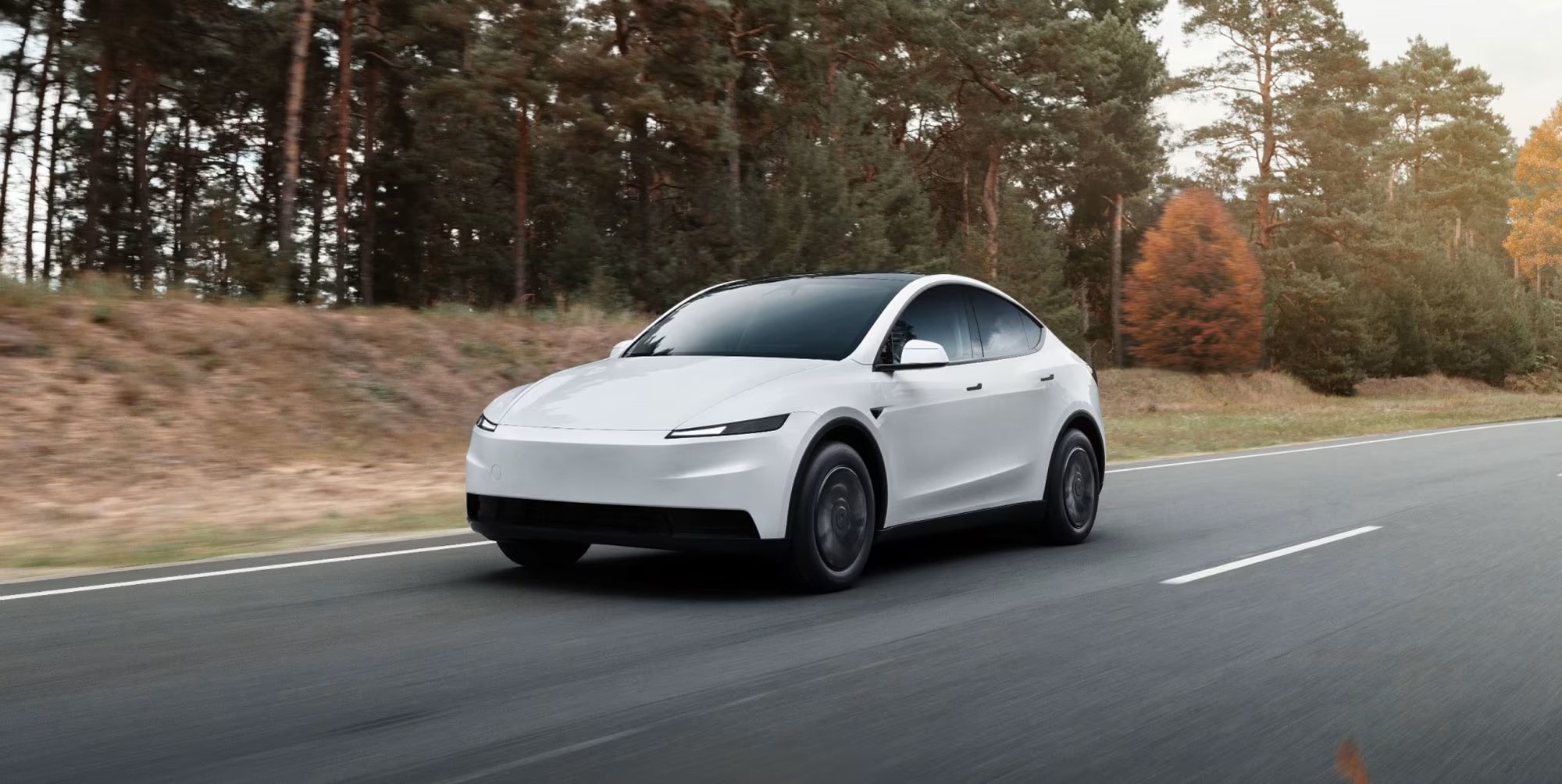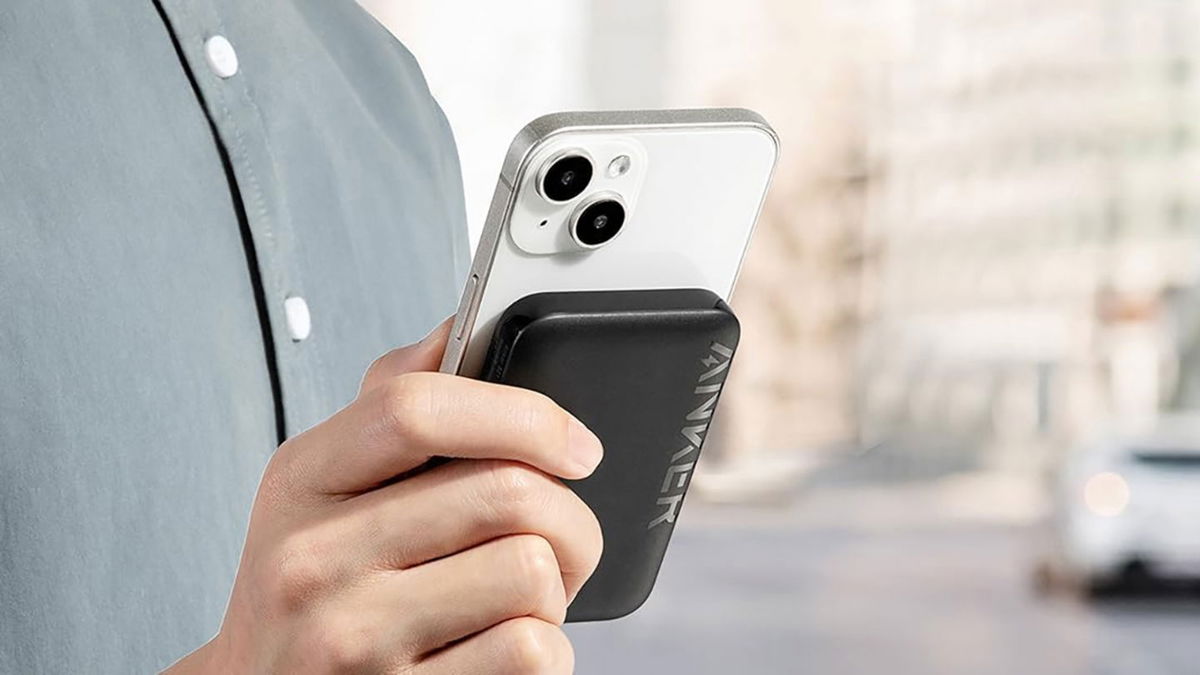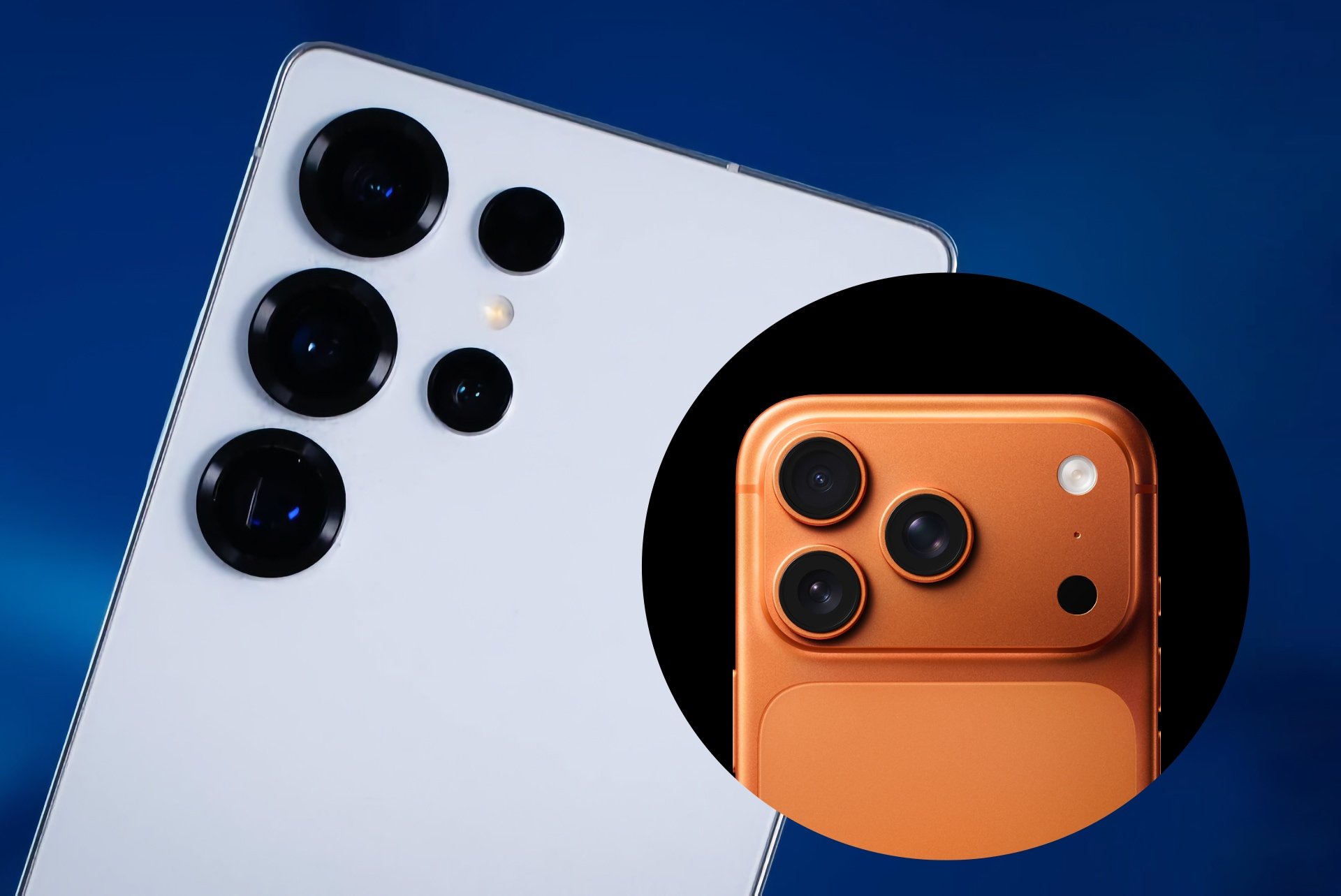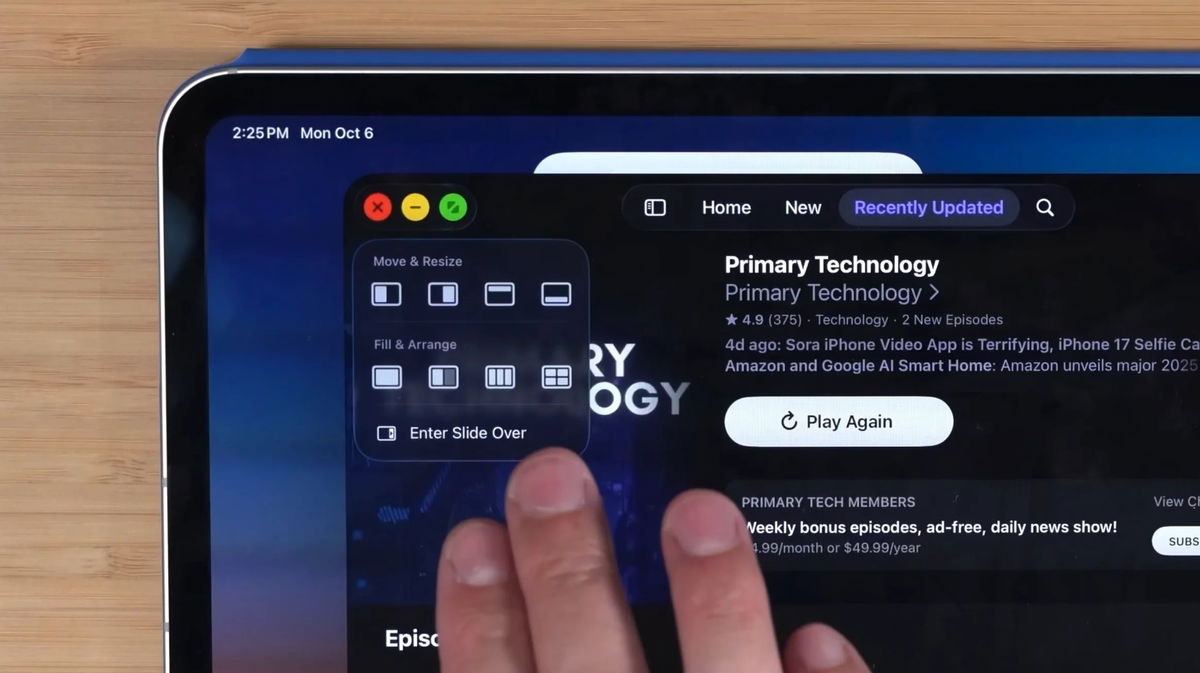The debate between Android and iPhone users is endless, with each side passionately defending their preferences. Despite the iPhone’s impressive capabilities and elegance, Android offers several unique advantages that many consider superior. Here are Seven Things Android Does Better Than iPhone.
Variety of devices
Android offers a much wider selection of devices compared to the iPhone. Android phones are available in almost every price range, from budget options to premium models, and from different manufacturers. This allows users to choose a device that perfectly suits their needs, preferences, and budget. Instead, the iPhone lineup is limited to four main models (Standard, Plus, Pro, and Pro Max), all in the mid-to-high price range, with very limited customization options (including color).
Personalization
One of Android’s most notable strengths is its customization. Users can change almost every aspect of the user interface, from home screen widgets to app layouts. Android also allows third-party launchers that can completely change the look and feel of the device. The iPhone, on the other hand, offers limited customization options, staying within the parameters set by Apple.
Universal charger

Android has been widely adopting the USB-C charging standard for about five years now, allowing users to charge a variety of devices, including phones, tablets, and laptops, with a single cable. Apple, on the other hand, recently adopted USB-C on the 2023 iPhone 15 phones (in compliance with EU regulations), leaving the Lightning cable behind and allowing you to connect multiple accessories and charge MacBooks, iPads, and iPhones with a single cable. However, Apple still manages the connection differently, limiting fast charging speeds.
File management
File management on Android is much more flexible. Users can connect their devices to a computer and transfer files freely, just like a USB drive. They can also use file management apps to organize and access documents, photos, and other content. Instead, the iPhone requires the use of iTunes or iCloud for many file management tasks, which can be limited and less intuitive.
Back button

Android devices have three dedicated navigation buttons at the bottom, including a back button, which makes it easier to navigate apps and the operating system. This makes the user experience much easier, especially for people who are not used to gestures. Instead, the iPhone removes the physical home button and relies entirely on gestures, which may be less intuitive for some users.
Integration with Google services
Android devices are deeply integrated with Google services that many users need. Google Maps, Gmail, Google Drive, and other services are optimized to work perfectly on Android. While these services are also available on the iPhone, they are not as flexible and integrated as on Android, where you can even replace the default apps with Google alternatives.
Innovations and new technological possibilities

Android often introduces new technologies and features faster than the iPhone. For example, many features like reverse wireless charging, foldable screens, and in-display fingerprint sensors were first implemented on Android devices. Apple tends to wait until technology is more mature and proven before implementing it on its devices, which can lead to users waiting longer to enjoy these innovations.
Both Android and iPhone have their advantages, and choosing between them largely depends on your personal preferences and needs as a user. However, if you value individuality and variety in mobile phone models, among other things, Android is positioned as the better option. While the iPhone remains the leader in terms of design, Android offers a more open and adaptable ecosystem, which many users find more suitable.
Source: Digital Trends


